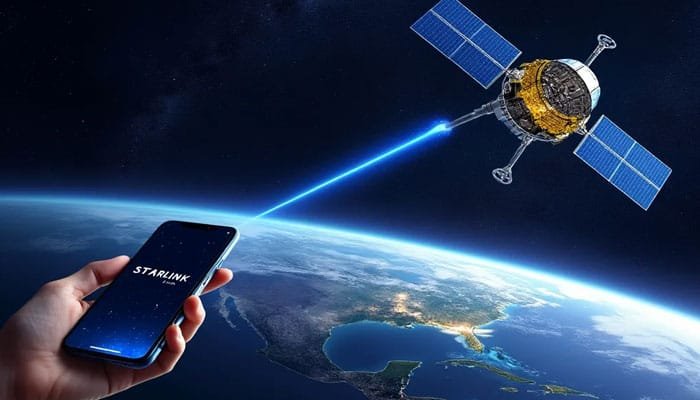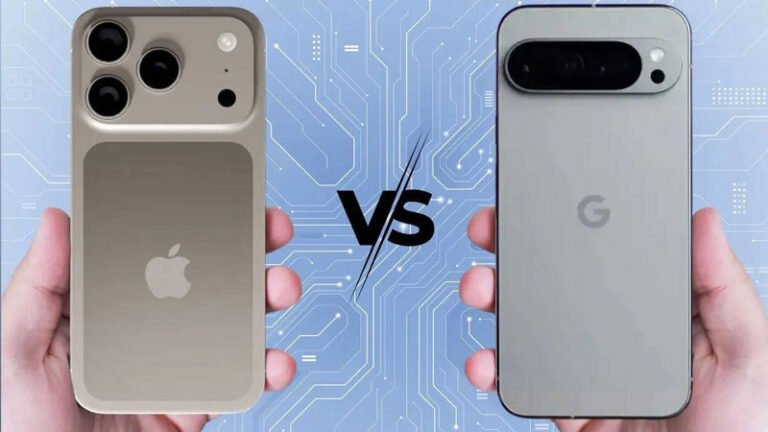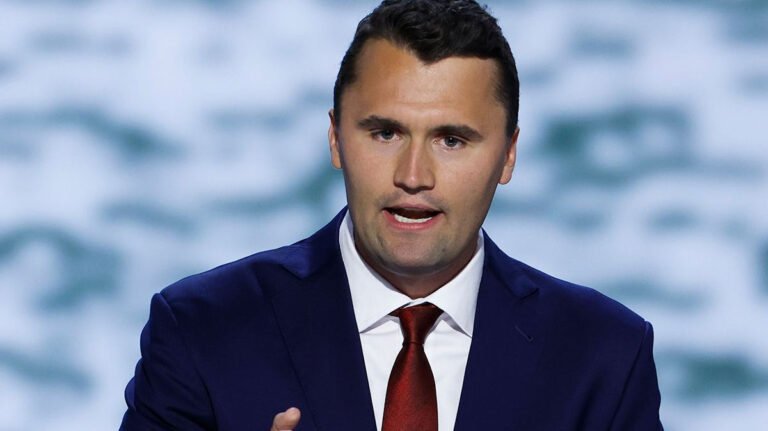Starlink’s Satellite Service Transforms Global Mobile Connectivity. Elon Musk‘s Starlink has taken a giant leap forward in the realm of global connectivity.
The satellite service, known for its internet revolution, is now enabling iPhones and Android phones to make calls from virtually anywhere on the planet, without requiring any new hardware.
Starlink’s Direct-to-Cell service promises to end connectivity issues caused by dead zones, where traditional cell towers fail to reach. This new feature allows users to stay connected even in the most remote locations, such as mountains, oceans, and deserts.
No Special Equipment Required
Unlike traditional satellite phones, which often require bulky equipment and costly subscriptions, Starlink’s service works with any LTE-enabled smartphone. If your device can connect to a 4G network, it will soon be able to link directly to Starlink’s satellites for voice calls, text messaging, and eventually, data services.
Starlink has successfully tested its service with popular smartphone brands, including Apple, Samsung, and Google. Reports from the Federal Communications Commission (FCC) indicate that the calls made via Starlink were clear, even in isolated areas where traditional cellular networks often fail.
A Lifesaver for Emergencies & Remote Areas
While this innovation offers benefits for all mobile users, it’s particularly significant for emergency responders and those in rural or underserved regions. Traditional satellite communication can be costly, slow, and requires specialized devices. With Starlink’s Direct-to-Cell service, users can make calls and send texts through their regular apps, eliminating the need for complex setups.
This could significantly enhance disaster response times, improve communication in crisis situations, and allow remote workers, farmers, and travelers to stay connected, even in places where network coverage is traditionally unreliable.
A Future Without Dead Zones?
While Starlink’s Direct-to-Cell service may not revolutionize mobile connectivity for those in cities with robust 5G networks, it’s poised to make a monumental difference for billions of people around the world who still struggle with patchy or nonexistent coverage.
As Starlink satellites continue to orbit the Earth, Musk’s vision of a world without dead zones is beginning to take shape. Whether you’re hiking in remote mountains, sailing the open seas, or living in an isolated village, Starlink’s mobile service promises to reshape the future of communication, ensuring that no one is ever out of touch again.
What’s Next for Starlink?
Starlink plans to officially launch its Direct-to-Cell service commercially, though pricing details are still to be revealed. However, Musk’s ambitions for Starlink extend far beyond voice calls. The company is already exploring satellite-powered internet browsing, high-speed data services, and IoT connectivity, according to FCC filings.
This could be a game changer, especially for developing countries where internet access is limited by poor infrastructure. With Starlink, global mobile service could be seamless, making dropped calls a thing of the past.







